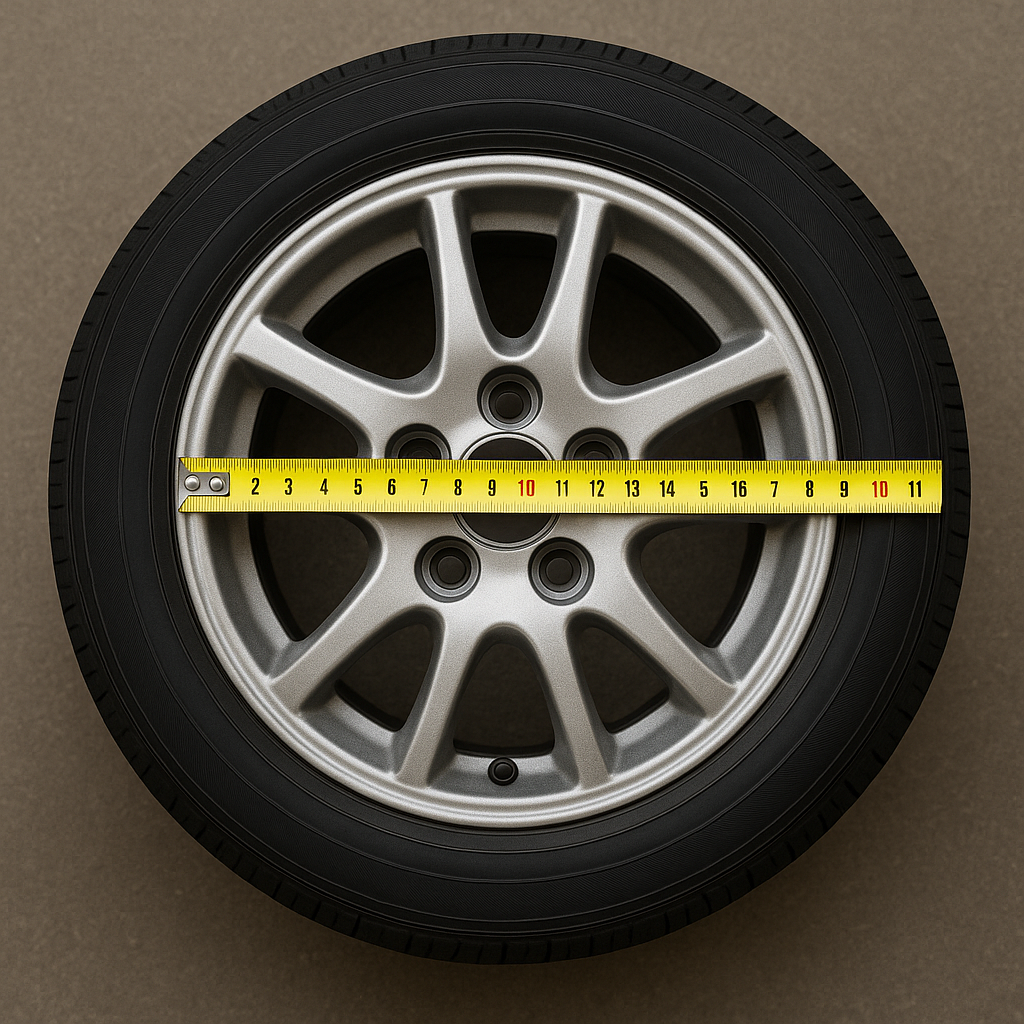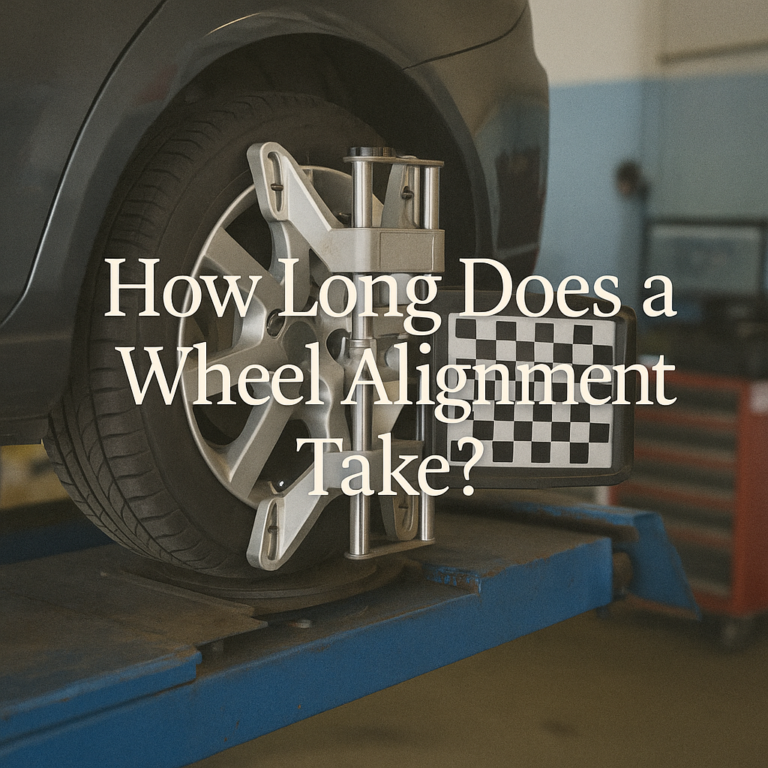
When it comes to upgrading or replacing your vehicle’s wheels, knowing how to measure wheel width correctly is essential. This seemingly simple measurement plays a crucial role in ensuring proper tire fitment, maintaining safe handling, and achieving the desired aesthetic for your car. Whether you’re an automotive enthusiast, a DIY mechanic, or someone buying new wheels, understanding this process can save you time, money, and frustration. In this guide, we’ll walk you through the correct way to measure wheel width with precision, ensuring you make informed decisions every time.
What Is Wheel Width?
Wheel width refers to the distance between the two inside edges of the wheel’s flanges — the parts of the rim that hold the tire bead. It is measured in inches and typically ranges from 5 to 12 inches depending on the type of vehicle. This measurement does not include the outer lips of the wheel.
Why Accurate Wheel Width Measurement Matters
- Tire Compatibility: Different tires are designed for specific wheel widths. Incorrect sizing can lead to poor tire wear or unsafe driving conditions.
- Vehicle Handling: Wider or narrower wheels can significantly alter steering response and cornering performance.
- Aesthetics: Wheel width affects the stance and visual appeal of a vehicle.
- Safety: Mismatched wheels and tires can compromise braking and suspension systems.
Tools You’ll Need
Before you start, gather the following tools:
- A tape measure or caliper
- A flat surface to place the wheel
- Chalk or marker (optional, for marking reference points)
- Wheel width chart (for tire compatibility reference)
Step-by-Step Guide: How to Measure Wheel Width
Step 1: Remove the Tire (Optional)
To get the most accurate measurement, it’s best to measure the wheel without the tire mounted. However, if that’s not possible, you can still measure with the tire on, though the result may be slightly off due to the tire bead covering the flange.
Step 2: Position the Wheel
Place the wheel flat on a level surface with the front or back side facing up. Make sure the wheel is stable and won’t move during measurement.
Step 3: Identify the Mounting Flanges
Locate the inner lips (bead seats) where the tire rests against the wheel. These are the points you will measure between.
Step 4: Measure Between the Bead Seats
Using a tape measure or caliper, measure the distance from the inside of one flange to the inside of the opposite flange. This is your wheel width. Do not include the outer lips in this measurement.
Example: If the distance between the bead seats is 8 inches, then your wheel width is 8 inches.
Step 5: Cross-Reference With Wheel Specifications
Check the back of the wheel or manufacturer specifications to confirm your measurement. Most wheels have stamped information including width, diameter, and offset (e.g., 17x8J — meaning 17-inch diameter, 8-inch width).
Common Wheel Width Sizes and Applications
| Wheel Width (inches) | Common Use Cases |
|---|---|
| 5-6 | Small cars, compact sedans |
| 6.5-7.5 | Standard passenger vehicles |
| 8-9 | Sport sedans, small SUVs |
| 9.5-11 | Performance vehicles, trucks, 4x4s |
| 11.5+ | Drag racing, widebody kits, show cars |
Important Considerations
1. Tire Width Compatibility
Use a wheel width to tire size chart to ensure that the tires you plan to use are suitable for your wheel width. Over-stretching tires or using tires that are too wide can lead to sidewall damage and unsafe driving.
(External resource: Tire and Rim Association Guide)
2. Offset and Backspacing
Wheel width affects offset and backspacing. These measurements influence how far the wheel sticks out from the hub and are crucial for suspension and brake clearance.
3. Legal and Safety Compliance
Check with your country’s transportation authority for regulations on wheel modifications. In the U.S., for example, refer to the National Highway Traffic Safety Administration (NHTSA) for guidance.
Frequently Asked Questions
What’s the difference between wheel width and tire width?
- Wheel width measures the wheel itself (between bead seats), while tire width refers to the overall width of the tire’s tread.
Can I measure wheel width without removing the tire?
- Yes, but it’s less accurate. Subtracting approximately 1 inch from the outer lip-to-lip measurement provides an estimate.
How does wheel width affect ride quality?
- Wider wheels can improve handling but may make the ride stiffer. Narrower wheels provide a softer ride but reduce performance at high speeds.
Conclusion
Knowing how to measure wheel width is vital for selecting the right tires, ensuring safety, and optimizing your vehicle’s performance. With the correct tools and approach, this task is straightforward and highly beneficial for anyone involved in vehicle maintenance or customization.






